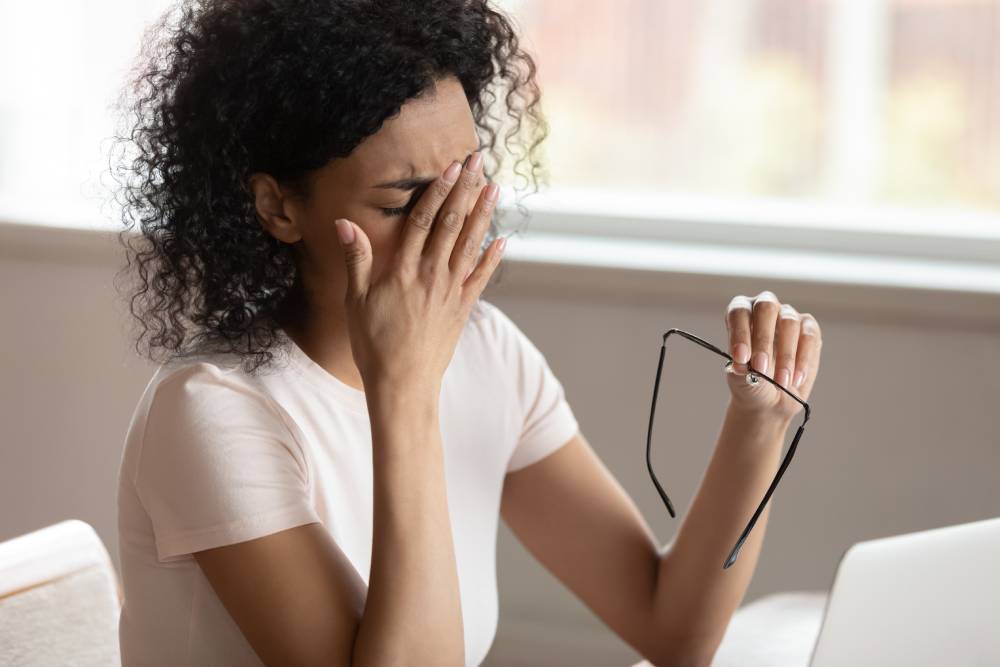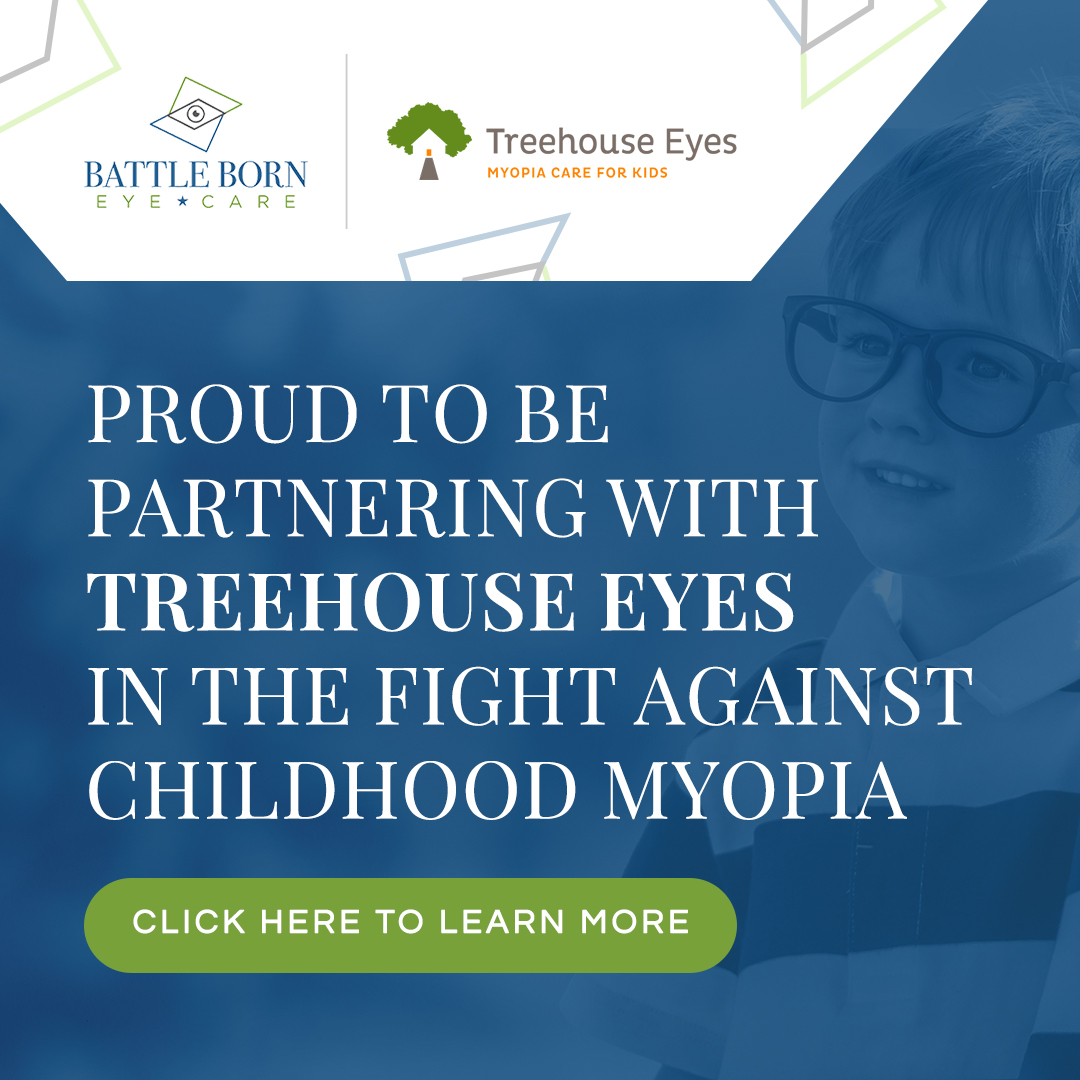
What Is Low Vision?
The use of corrective lenses such as glasses, contacts, or surgery cannot restore low vision. The condition does not equal total blindness as the patient retains some vision. Low vision results from blind spots, blurry vision, poor night vision, and other vision problems.
Diabetes, glaucoma, and macular degeneration cause the condition. Visual aids help patients with low vision. It is vital to understand what low vision is.
Understanding Low Vision
Low vision describes different degrees of loss of sight, but it does not include total blindness. Visual aids can sometimes help with gradual loss of vision, but regular corrective lenses cannot.
People who have issues with glare or night vision suffer from low vision. According to the American Optometric Association, low vision can be divided into partially sighted and legally blind. Someone who is legally blind is visually worse off than one who is partially sighted.
Causes of Low Vision
Low vision may result from a combination of factors. Injury or certain eye disorders are the most common causes of low vision. Diabetes, for example, can lead to low vision.
Other causes are age-related macular degeneration, glaucoma, eye cancer, albinism, and brain injury. Retinitis pigmentosa, an inherited eye disorder, can also lead to low vision. Individuals with these conditions are at a high risk of developing low vision.
High Risk of Low Vision
Low vision can affect anyone, but some people are more high-risk than others. A variety of eye conditions and injuries can lead to low vision. People in the high-risk category include those with age-related eye conditions like glaucoma and macular degeneration.
Adults over 45 have a higher risk of developing low vision. The risk is even higher among senior citizens over 75. Almost one in four people over 75 suffer from low vision.
Types of Low Vision
There are different types of low vision. The most common are loss of central vision that results in a blind spot and loss of peripheral or side vision. Other types are night blindness, where an individual cannot see at night or in poorly-lit areas, and blurred vision.
People who experience blurred vision see objects out of focus. Another type is hazy vision, where a film or glare appears to cover the patient’s field of vision.
Treating Low Vision
Low vision is permanent in most cases, but visual aids often manage the condition. There are several ways to manage low vision, including the use of lenses that filter light, telescopic glasses, and magnifiers.
People with low vision can benefit from hand magnifiers, electronic aids, and reading prisms. Closed-circuit television effectively aids people with low vision. Patients who have retinitis pigmentosa may benefit from the retinal prosthesis, a device that helps restore partial vision.
Visual aids help improve the quality of life for people with low vision. You can talk to your eye doctor about finding visual aids.
To understand more about low vision, visit Battle Born Eye Care at our office in Reno, Nevada. You can call (775) 360-6446 today to schedule an appointment.











